Apr
11
2015
Doug Wilson’s Imaginary Covenant
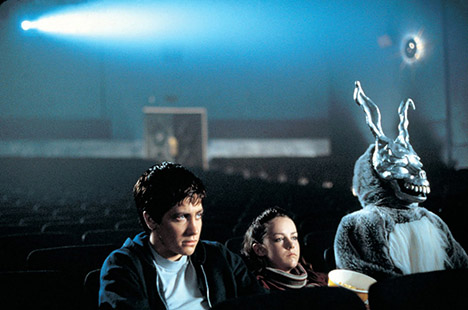
Wilson: Who’s Harvey?
Miss Kelly: A white rabbit, six feet tall.
Wilson: Six feet?
Elwood P. Dowd: Six feet three and a half inches. Now let’s stick to the facts.
(Harvey, 1950)
It is a pity that this imaginary Covenant-of-obligations cannot be photographed and fingerprinted, let alone identified in the New Testament. Oh wait, it is mentioned in the New Testament. It is called the Law.
The best place to learn about biblical Covenants—what they are, what they look like, and how they operate—is the hallowed halls, past and present, of Reformed Theology. Strangely, this is also the worst place to learn about the New Covenant. It seems somebody did not get the system upgrade.
Continue reading
2 comments | tags: Baptism, Covenant Theology, Doug Wilson, Federal Vision | posted in Biblical Theology, Christian Life
Apr
8
2015
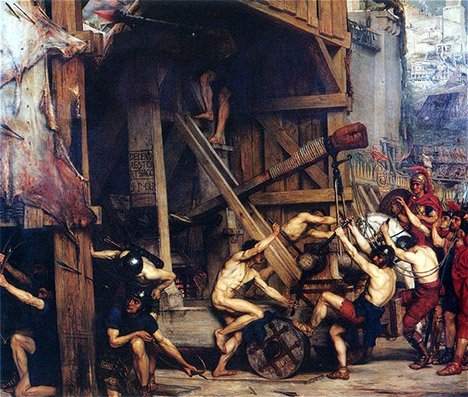
Sin City – 1 | Sin City – 2
When was “The First Resurrection”?
At the end of what we call the Old Covenant, the long history of sacrificial “ascensions” also came to an end. Along with this, all the Old Covenant saints ascended to heaven in what the Revelation calls “the first resurrection.” However, it seems to me that the sacrificial rites themselves indicate that the saints did not ascend in AD70 but instead just prior to the beginning of the Roman siege.
Continue reading
Comments Off | tags: AD70, Feasts, Luke, Revelation | posted in Bible Matrix, Biblical Theology, The Last Days
Apr
7
2015
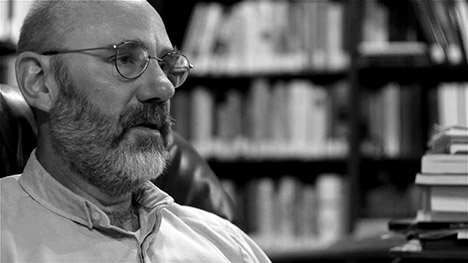
…all of the Old Covenant sacraments, like the flood, were future tense and testified to the destruction of the flesh.
[A report from our London correspondent, Chris Wooldridge:]
A week ago, I attended two conferences delivered by Peter Leithart on the subject of the Sacraments. The first one was aimed at anyone interested; the second was addressed more to ministers and theological students.
Continue reading
Comments Off | tags: Baptism, Chris Wooldridge, Communion, Covenant Theology, Federal Vision, Peter Leithart | posted in Biblical Theology, Quotes
Apr
6
2015
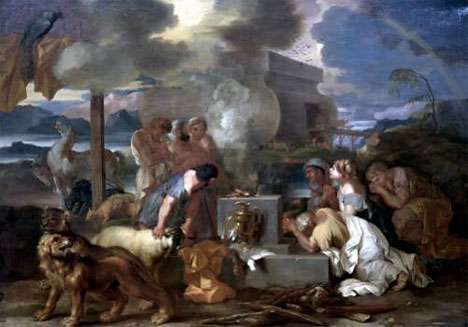
The analogy between human beings and animals, seen throughout the Bible, means that in the animal world there are some who represent the whole.
Continue reading
Comments Off | tags: Flood, Genesis, James Jordan, Leviticus, Noah | posted in Biblical Theology, Quotes
Apr
5
2015
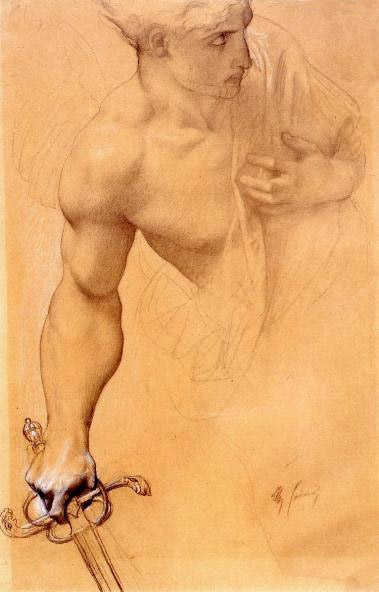
How will the world judge God
when given the opportunity?
For God does know that in the day you eat thereof, then your eyes shall be opened, and you shall be as gods, knowing good and evil. (Genesis 3:5)
You shall have no other gods before me. (Exodus 20:3)
Jesus answered them, “Is it not written in your Law, ‘I said, you are gods’?” (John 10:34)
The aim of the testing of Adam was to qualify him to be a co-regent with God. Rich Bledsoe argues that the question of God’s existence is not ontological but ethical at heart. History is Man’s attempt to either eradicate God’s rule, or to make God co-regent with Man.
Continue reading
Comments Off | tags: Atheism, Genesis, Rich Bledsoe, Secular humanism | posted in Biblical Theology, Ethics, Quotes
Apr
4
2015
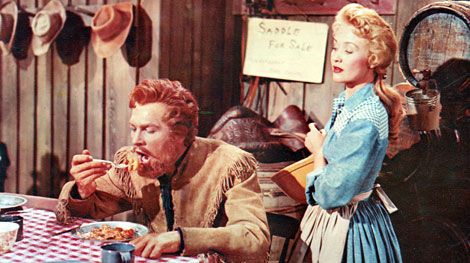
Anyone who has seen the film or the play Seven Brides for Seven Brothers knows that it is about seven wild backwoods men who become civilized through the process of learning to interact with women. But what makes it fascinating, and very biblical, is that it isnʼt just about seven brothers marrying seven women.
A guest post by Steven Opp
Continue reading
Comments Off | tags: Marriage, Masculinity, Steven Opp | posted in Bible Matrix, Biblical Theology
Apr
2
2015
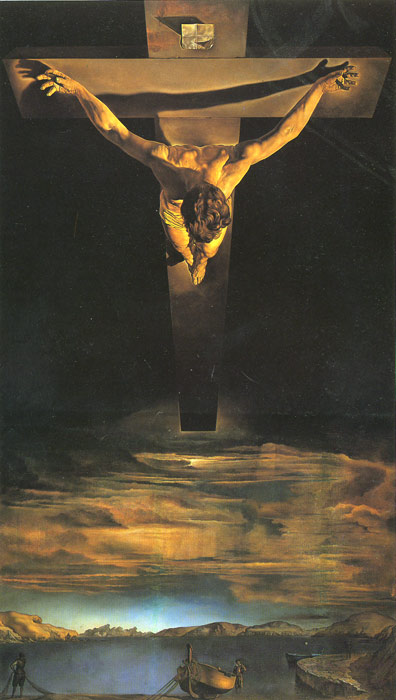
To mark Good Friday, an excerpt from Gene Edwards’ “Christian fiction,” The Divine Romance. Readers will find many details to quibble with (as I did) but for didactic purposes, this meditation on the crucifixion is unique and breathtaking.
Continue reading
Comments Off | tags: Crucifixion, Gene Edwards | posted in Biblical Theology
Mar
8
2015
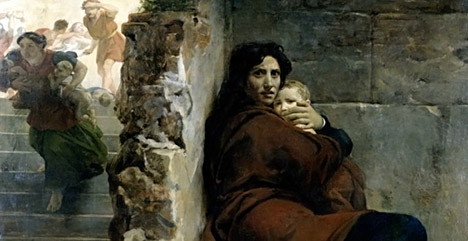
Satan’s desire was always to turn the “pruning” of circumcision into an ax laid at the root of the tree of Israel.
A handful of treatments of the “massacre of the innocents” by Herod the Great see this bloodshed as the first of the New Covenant’s martyrs. But these miss the point of Matthew’s use of the word “fulfilled,” rendering it as good as meaningless. This massacre was the harbinger of the end of the old era and its promises. It said nothing about the promises of the new.
Continue reading
Comments Off | tags: Acts, AD70, Babylon, Baptism, Circumcision, Communion, Covenant curse, Covenant Theology, Herod, Jeremiah, Joseph, Literary Structure, Matthew | posted in Bible Matrix, Biblical Theology, The Last Days
Mar
6
2015

Since Jesus loves little children, and Jesus is the Great Shepherd, our little children must therefore be His lambs.
About whom was Jesus speaking when He asked Peter to feed his “lambs”? John 21 is used in support of the practice of paedocommunion, but such an argument sees only what it is looking for. If we allow the passage to speak for itself, what is it saying?
Continue reading
Comments Off | tags: Baptism, Communion, Federal Vision, Tim Gallant | posted in Bible Matrix, Biblical Theology, The Last Days
Feb
26
2015
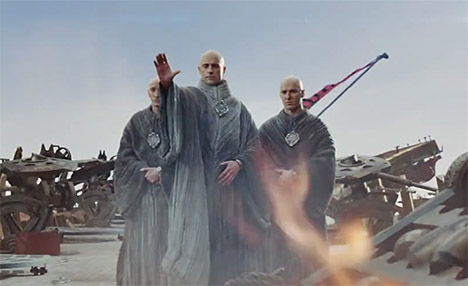
Baptism is not a Covenant boundary but a staff uniform.
“I have kept for myself seven thousand men who have not bowed the knee to Baal.” (Romans 11:4)
There is much talk today about the dichotomy between the visible Church (those who physically participate) and the invisible Church (those who are truly regenerate). The dichotomy exists because it often seems, as it was in the first century, that “not all Israel is Israel.” But the Bible never makes this distinction.
Continue reading
Comments Off | tags: Acts, Baptism, Covenant Theology, The Prophets | posted in Biblical Theology



































